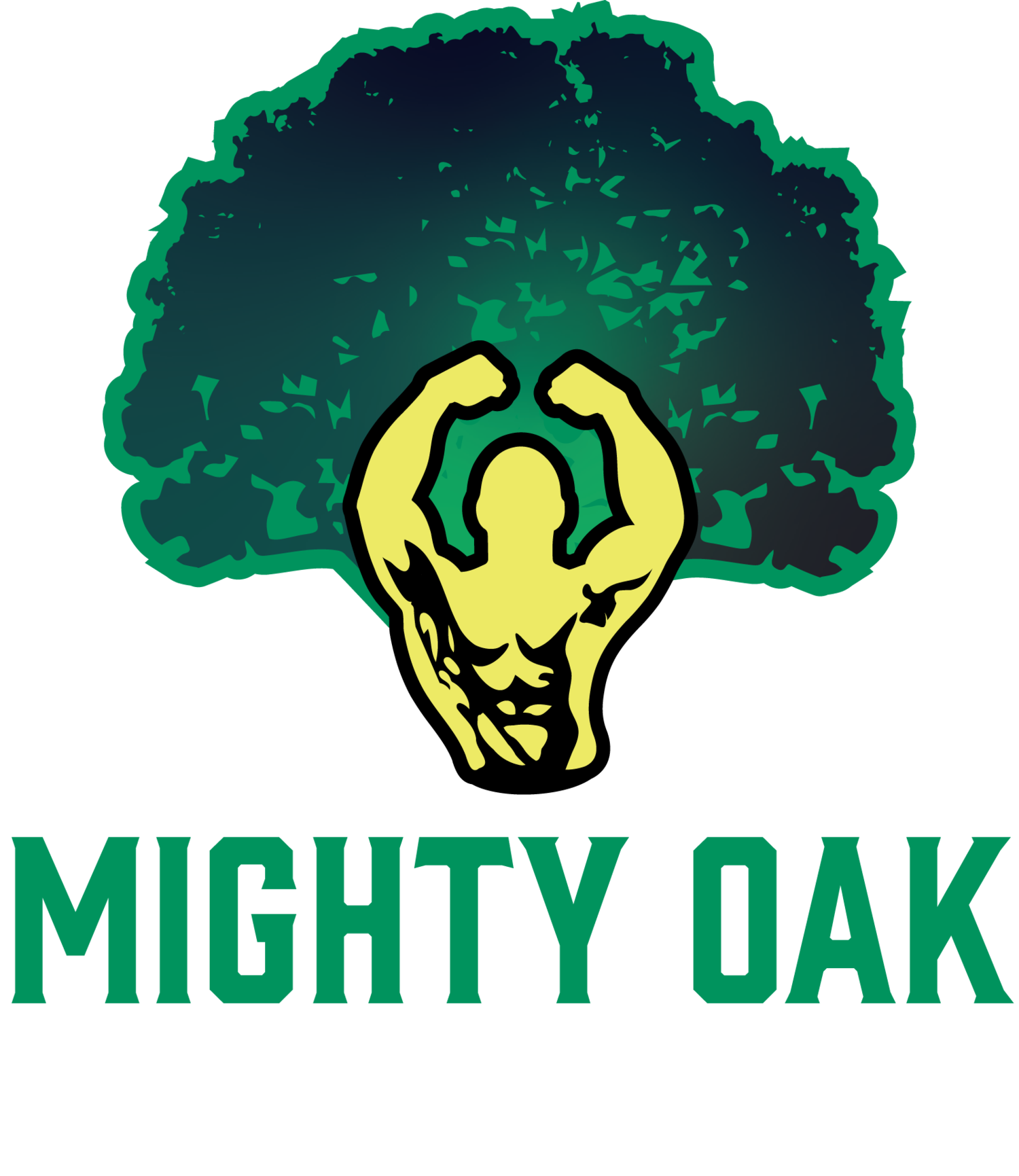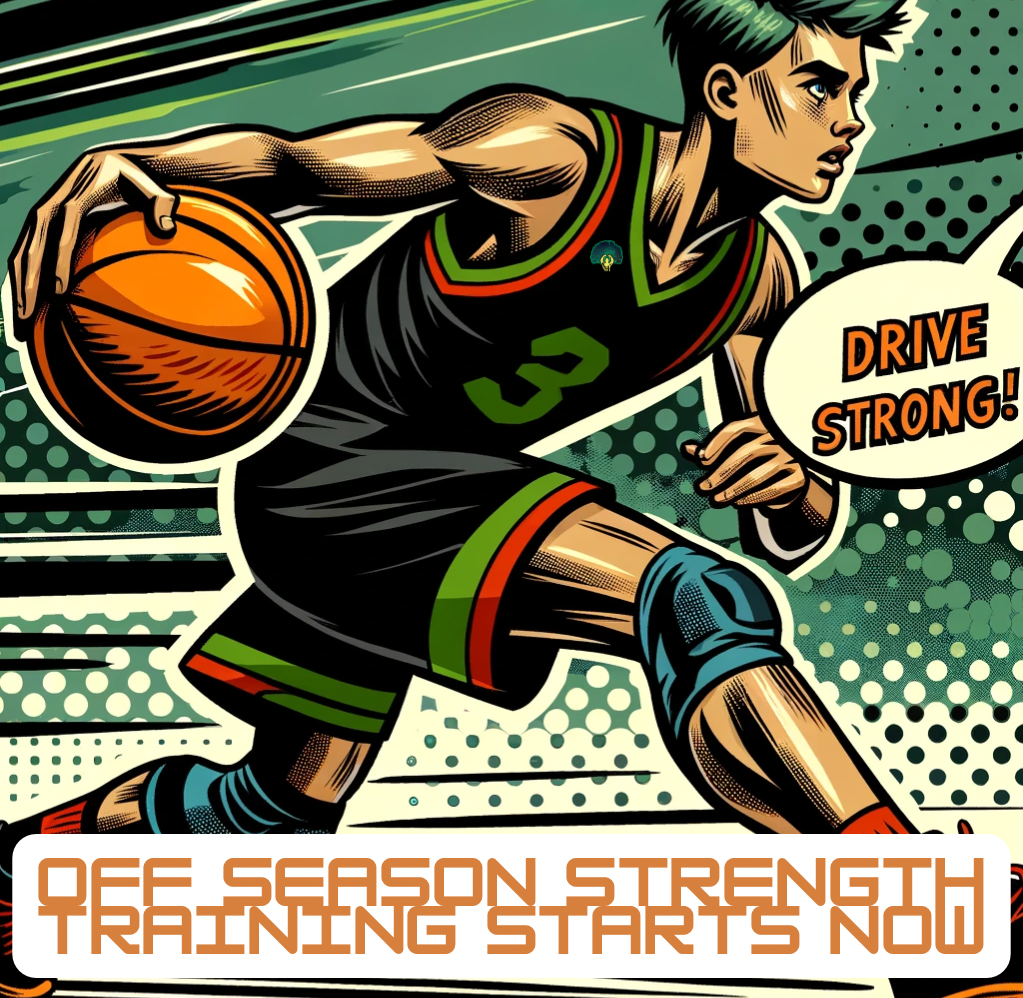How To Create an Effective At-Home Bodyweight Workout for Basketball Players
The Role of Strength Training in Basketball and Youth Athletics
Strength training has evolved significantly within the realms of the National Basketball Association (NBA), the National Collegiate Athletic Association (NCAA), and youth athletics. Historically, the emphasis was predominantly on skill development and endurance. However, the recognition of strength training's benefits has led to its integration into athletes' routines, enhancing sports performance and injury prevention.
Historical Perspective
In the early days of the NBA and NCAA, strength training was not a focal point. It was believed that excessive muscle mass could impede an athlete's agility and speed. However, as the sports industry advanced, so did the understanding of strength training's role in athletic performance. By the late 20th century, teams began incorporating strength and conditioning coaches into their staff, marking a pivotal shift towards embracing physical strength development.
Youth athletics followed suit, with coaches and trainers recognizing the importance of developing a foundation of strength and conditioning at a young age to enhance performance and minimize the risk of injury.
Benefits for Student-Athletes
Strength training offers myriad benefits for student-athletes, including but not limited to improved muscle strength and endurance, better joint flexibility, increased bone density, and a lower risk of injury. For example, basketball players who engage in regular strength training can see significant improvements in their jump height, sprint speed, and overall explosiveness on the court.
Moreover, strength training aids in injury prevention by strengthening the muscles around critical joints (e.g., knees, ankles, and shoulders), reducing the likelihood of common sports-related injuries such as sprains and strains.
At-Home Bodyweight Strength Training Workout
Student-athletes can maintain or improve their strength even without access to a gym through bodyweight exercises. A simple yet effective workout might include:
1. Push-Ups: Strengthen the chest, shoulders, and triceps. Keep your body in a straight line from head to toes and lower your body until your chest nearly touches the floor, then push back up.
2. Squats: Target the quadriceps, hamstrings, and glutes. Stand with feet shoulder-width apart, sit back as if sitting in a chair, then stand back up.
3. Planks: Core strengthening. Hold your body in a straight line in a push-up position, with your elbows under your shoulders, for as long as you can maintain proper form.
4. Lunges: Strengthen legs and improve balance. Step forward with one leg, lowering your hips until both knees are bent at about a 90-degree angle, then return to the starting position.
Nutrition's Role in Performance and Recovery
Nutrition is paramount in fueling the body for sports performance and aiding in recovery. Athletes should focus on a balanced diet rich in carbohydrates for energy, proteins for muscle repair, and fats for long-lasting fuel. Simple snack ideas include mixed nuts, Greek yogurt, or fruit. A simple post-training meal could be a chicken and vegetable stir-fry with brown rice, providing a balanced mix of protein, carbs, and essential nutrients.
Importance of Rest and Recovery
Rest and recovery are as crucial as the training itself. Consistent, quality sleep allows the body to repair and build muscle, consolidate memory, and release growth hormones. It's during sleep that the body truly rejuvenates, setting the stage for improved performance in subsequent training sessions.
Off-Season Strength Training
The off-season is a golden opportunity for strength training, allowing athletes to focus on building muscle and improving overall physical condition without the competitive season's demands. It's a time to address any imbalances, enhance strength, and prepare the body for the rigors of the upcoming season.
Strength training, coupled with proper nutrition, rest, and recovery, forms a comprehensive approach to athletic development and performance enhancement. By integrating these elements into their routines, student-athletes can maximize their potential on and off the court, setting the stage for a healthier, more competitive athletic career.

